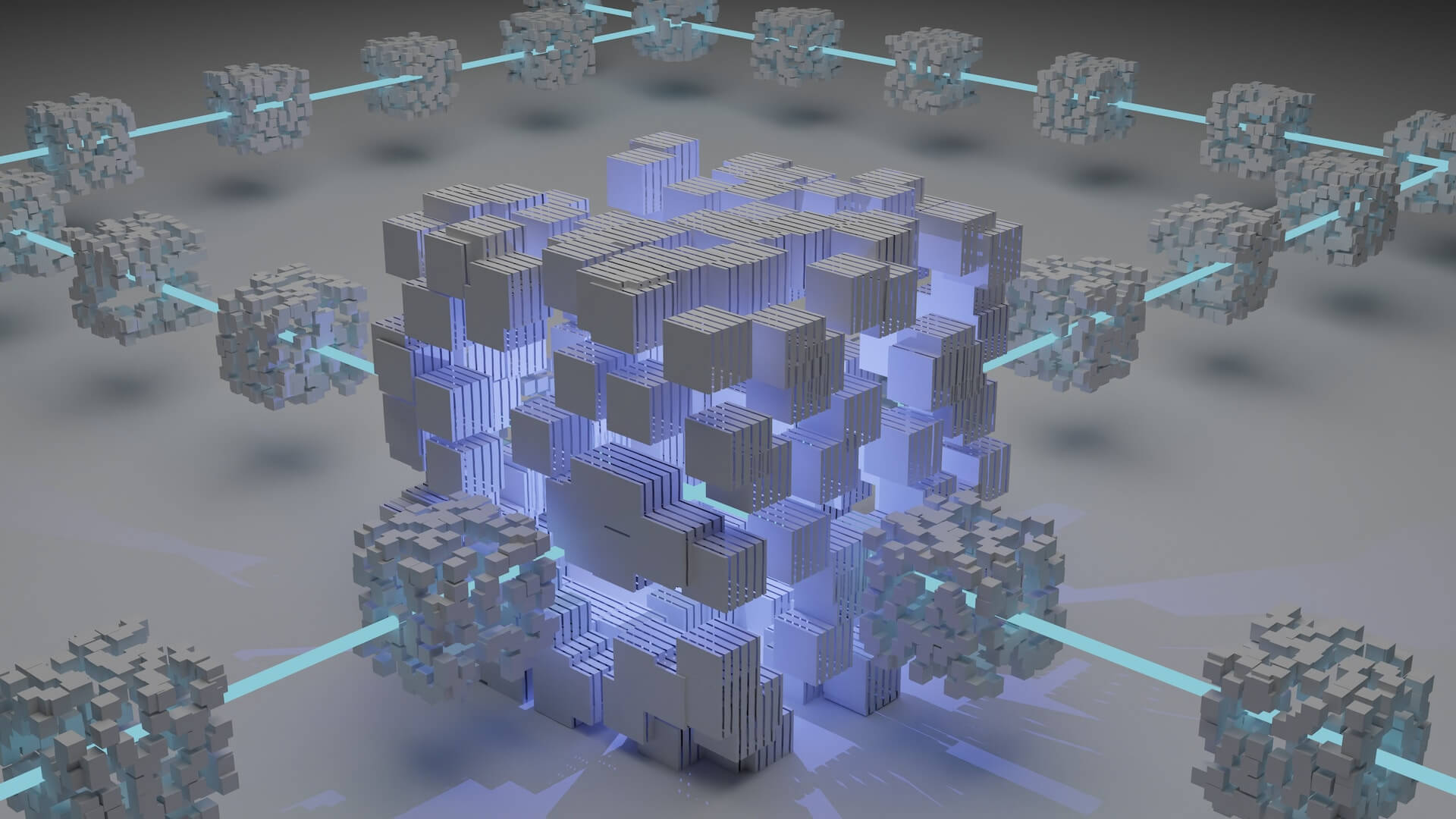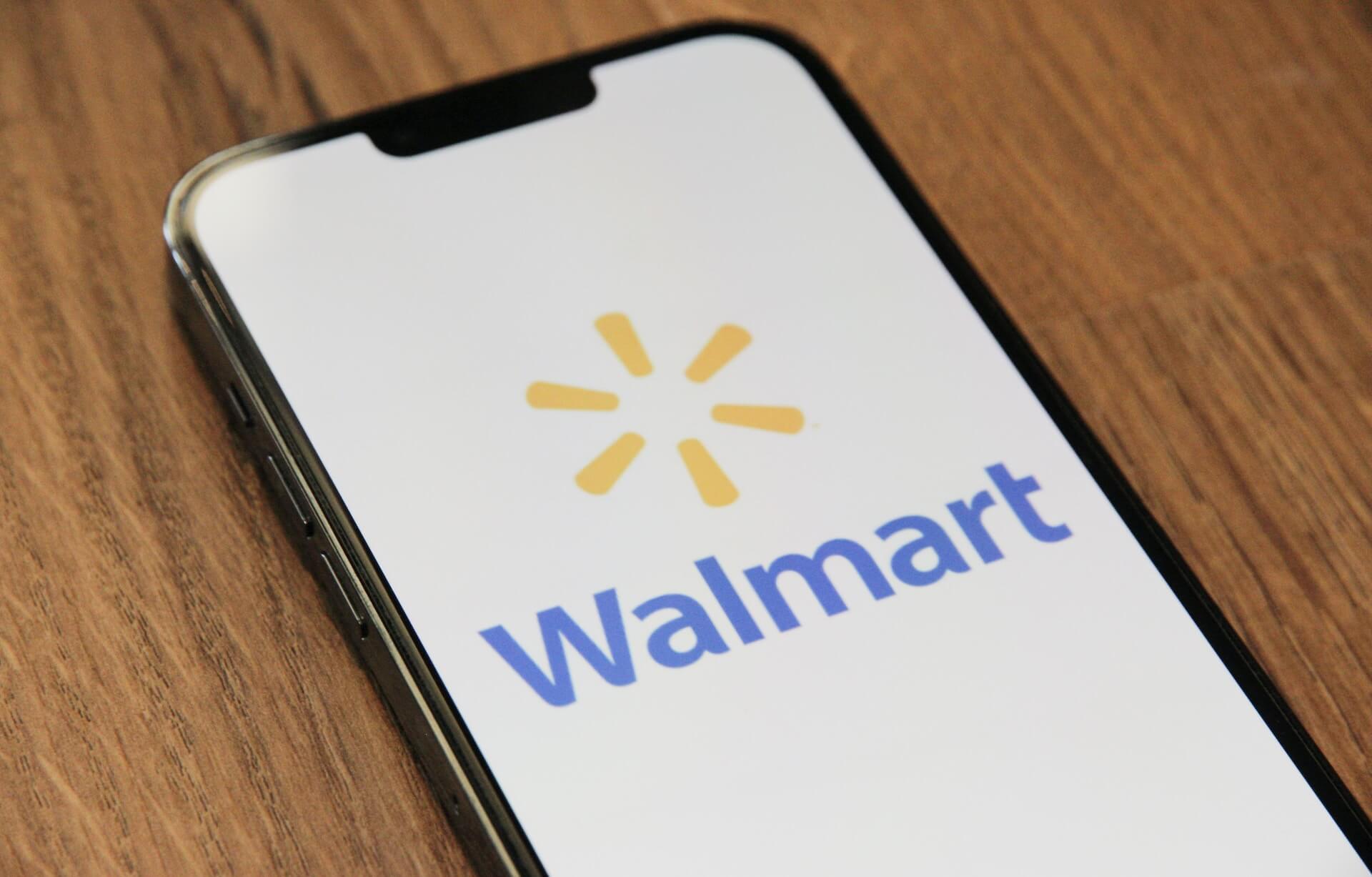
Enterprises must consider data privacy and security when considering whether to use a public or private blockchain for storage.
Integrating a private blockchain is one of the storage array features that is starting to gain traction. Nexsan, for example, announced that it has added private blockchain (and RDMA based on aggregated Ethernet) to version 8.3 of its Assureon solution. When comparing public and private blockchains, does the "private" factor make blockchain technology a good choice for an enterprise's next storage device?
The first thing that must be understood about private blockchain is that the technology is significantly different from public blockchain. Public blockchains, often referred to simply as blockchains, initially gained notoriety for their role in cryptocurrencies such as Bitcoin. Blockchains store transactions in an immutable, widely distributed ledger that, until now, has been immune to manipulation.
The public blockchain is based on a public peer-to-peer network in which each peer acts as a node. Each node includes a copy of the append-only ledger. This means that transaction records can be written to the ledger, but pre-existing transaction records within the ledger cannot be deleted or changed. Each transaction is mathematically related to the previous transaction and the next transaction, thus ensuring the integrity of each transaction.

Interestingly, some of the facts that make public blockchains so appealing also make them unsuitable for use in most enterprise storage applications.
The public node model is one thing that helps maintain the integrity of the blockchain. When it comes time to verify data in a blockchain, a certain number of nodes reach consensus on whether a particular item is valid. The inner workings behind this process may vary from one blockchain to the next, but generally speaking, each node uses its own copy of the blockchain data to determine whether an item is valid.
The fact that each blockchain node has its own copy of the data means that there is no centralized database for an attacker to break into. The downside of this approach is that it is relatively slow. After all, each node must execute its own query, make a decision and then vote on it. It takes counting those votes to make a pass/fail decision. This complex process takes time to complete. It is estimated that some public blockchains execute fewer than twelve transactions per second, thus making the process completely inadequate for high-performance enterprise databases.

Another major problem with public blockchains (at least from an enterprise perspective) is transparency. Blockchain technology is based on the idea that the transparency of data helps ensure its integrity. In this way, anyone can create nodes and join the public blockchain. It does not matter that the nodes are not trusted. And because blockchain data is public, it is relatively easy to mine blockchain data.
When comparing public and private blockchains, the scenario changes significantly. Private blockchains seek to preserve the basic essence of blockchain technology, but to make it more suitable for use in the enterprise than public blockchains. Like its public copy, a private blockchain is based on a collection of nodes operating in a peer-to-peer network to ensure the integrity of the data.
The append-only model used by private blockchains is very similar to that of public blockchains. However, when comparing public blockchains to private blockchains, private blockchains do not allow random, untrusted nodes to join and participate in the peer-to-peer network. Instead, these nodes are owned by the organization and assumed to be trustworthy.
For storage devices with integrated private blockchains, these may work together to form the required peer-to-peer network, with each node retaining its own copy of the blockchain data. Because the organization owns all of its own blockchain nodes, it does not transparently disclose blockchain data to the public, which is important for organizations that want to keep their data private.

In addition, there are high-speed connections between private blockchain nodes (in this case, storage devices). This connectivity, combined with a limited number of nodes, allows private blockchains to execute far more transactions per second than a public blockchain can actually handle.
Some critics have pointed out that when comparing public and private blockchains, private blockchains are less secure due to the centralized nature of the nodes. At the same time, however, private blockchain nodes are considered trustworthy because they are under the direct control of the organization.
Private blockchains are not suitable for every organization. For organizations that do need a blockchain solution but want to keep their data private, purchasing a storage array with integrated blockchain capabilities can be a powerful alternative to more traditional methods of building a private blockchain.





